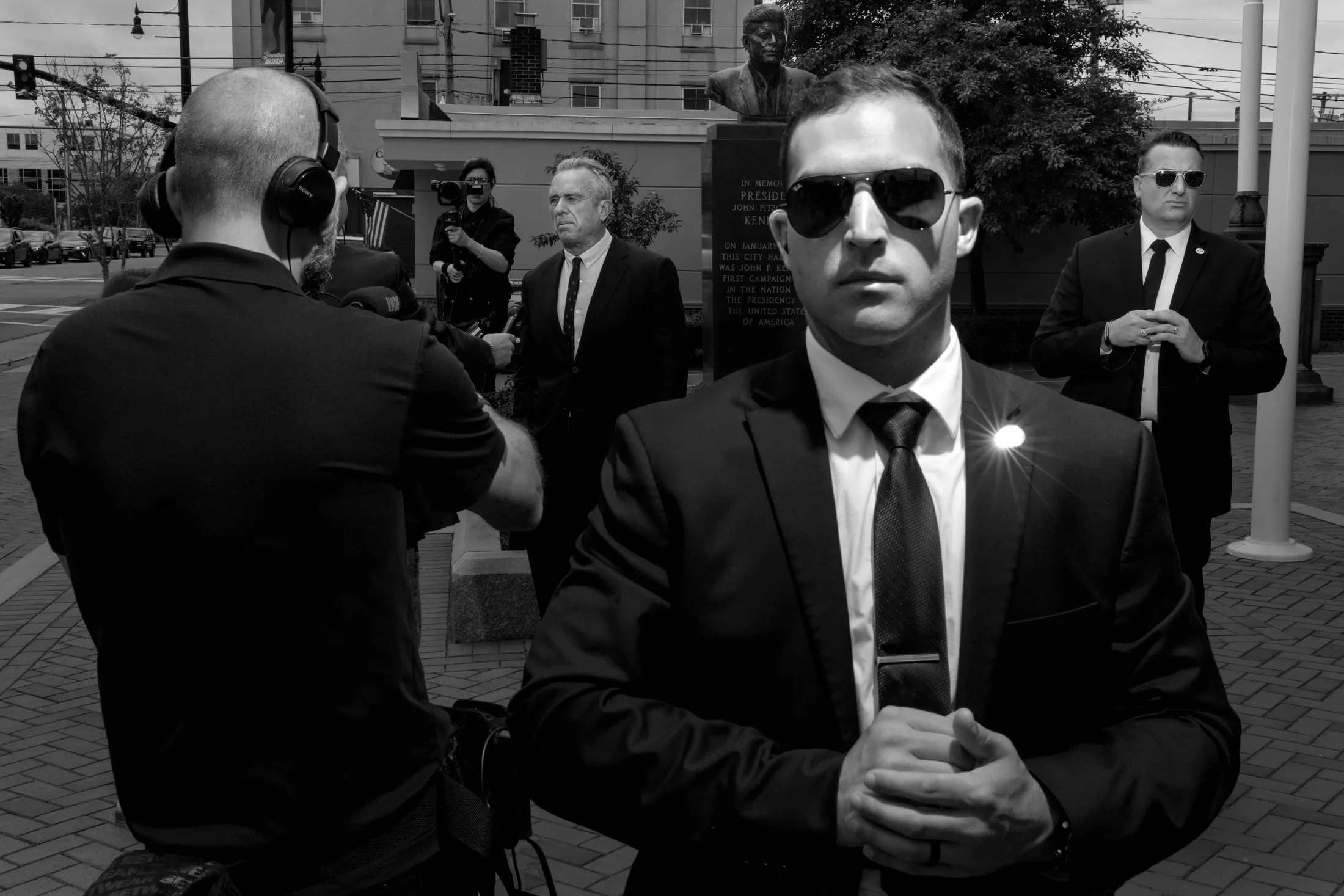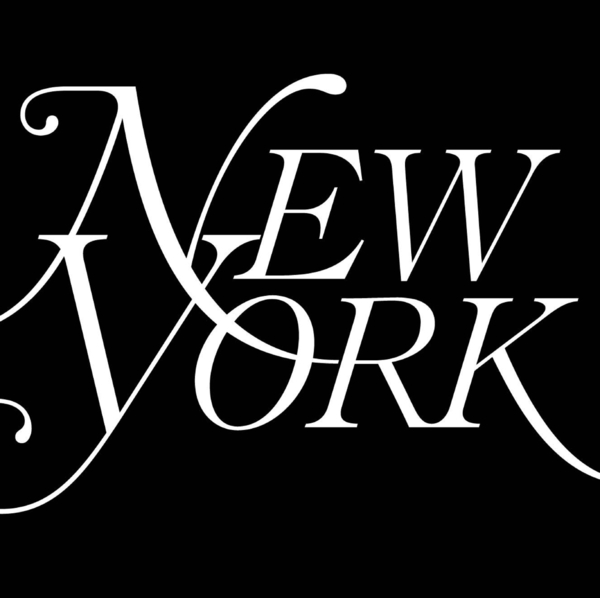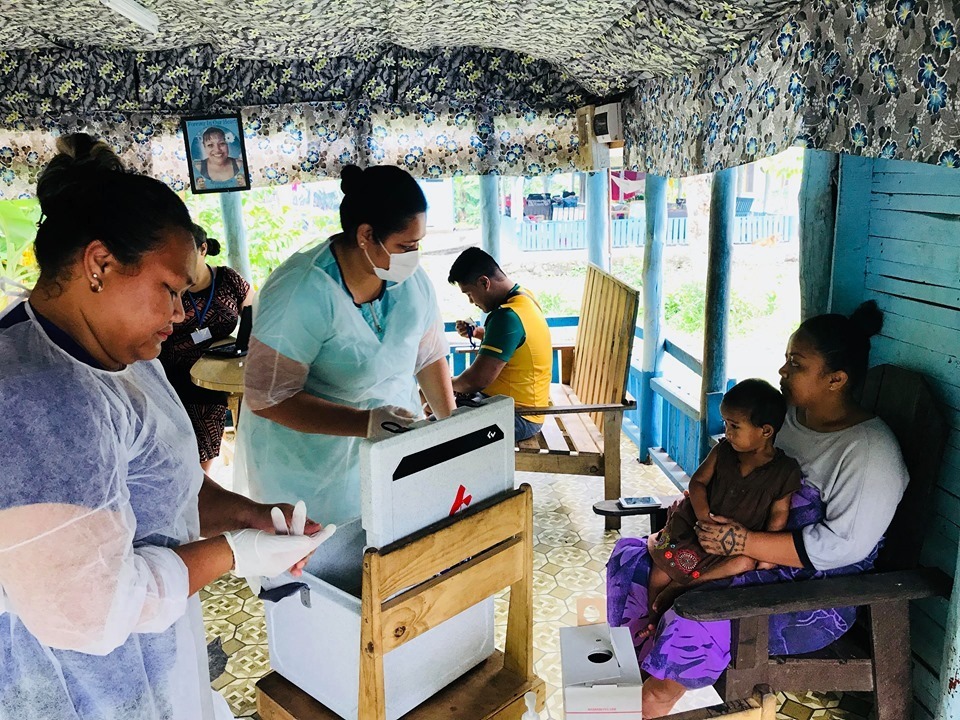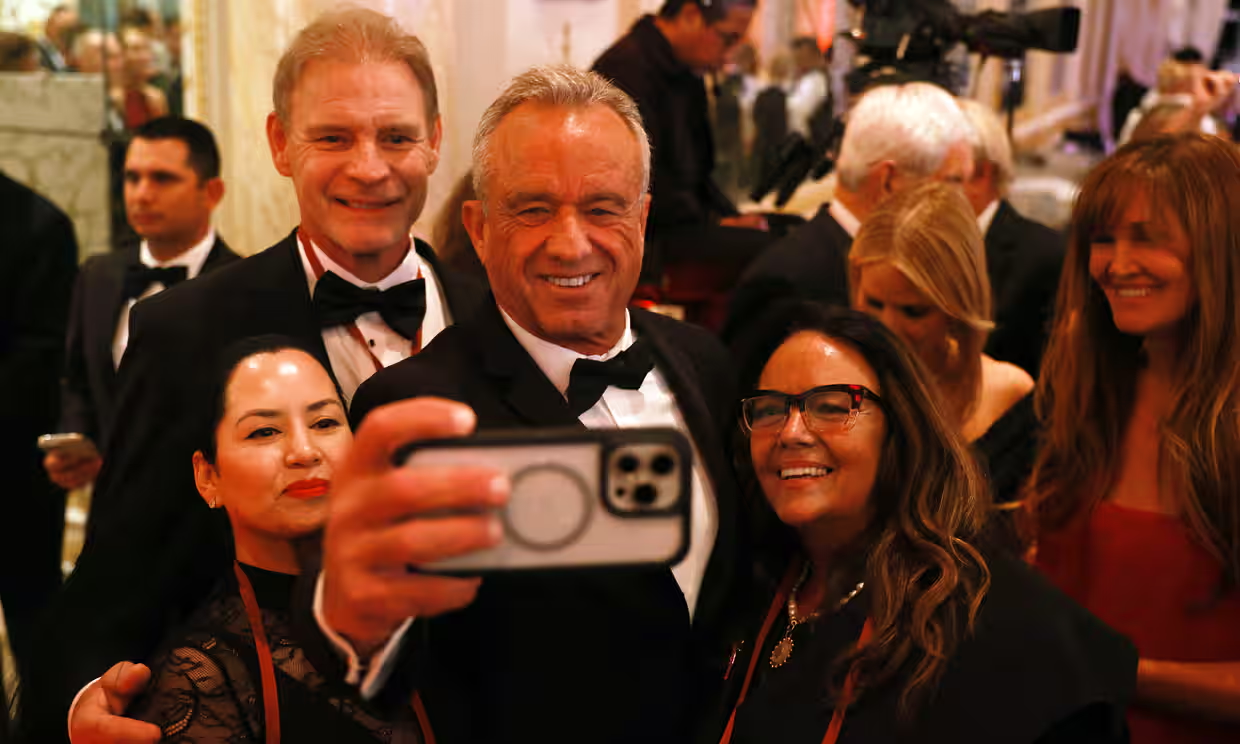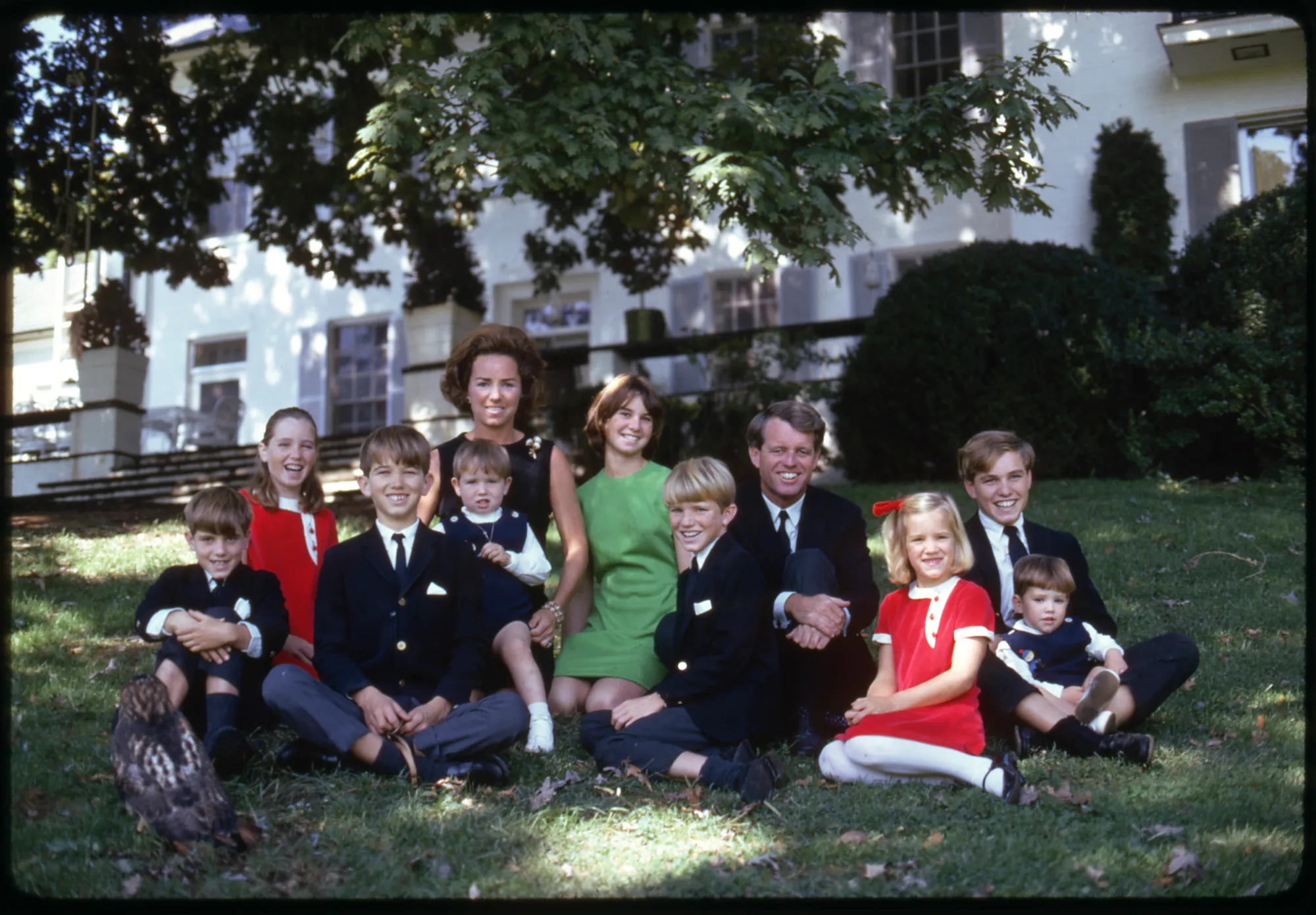
The Guardian
Kate O’Brien, director of the WHO’s immunisation department, said in Geneva that “very low coverage of measles vaccine” was to blame for the rapid spread of the highly contagious in the country.
In 2018, only 31% of children under five had been immunised, she said. “When measles enters a country like that, there is a huge group of people who are not immune,” she said.
[. . .]
Officials have blamed the low rates in part on fears sparked last year when two babies died after receiving measles vaccination shots.
This resulted in the temporary suspension of the country’s immunisation programme and dented parents’ trust in the vaccine, even though it later turned out the deaths were caused by the vaccine being incorrectly prepared with other medicines.
O’Brien said that an anti-vaccine group had been stoking these fears further with a social media campaign, lamenting that “this is now being measured in the lives of children who have died in the course of this outbreak”.
Misinformation about the safety of vaccines, she said, “has had a very remarkable impact on the immunisation programme” in Samoa.
The low vaccination rate of 31% is for 2018. According to the article, the director of the WHO’s immunization department blames the poor vaccine coverage on parents’ mistrust in the vaccine and misinformation from an anti-vaccine group. This view is supported by an article published a week later by UNICEF asserting that the poor vaccine coverage was “largely due to misinformation and mistrust among parents.” The UNICEF article is addressed here.
O’Brien does not explain that any dent, however large, in parent’s trust in the vaccine after the two infant deaths could not have negatively impacted vaccine rates in 2018 whatsoever since the measles vaccine program was halted immediately after the deaths and continued through the end of the year. The same is true for the unnamed anti-vaccine group promoting unidentified misinformation about the safety of vaccines on social media. However much fear they stirred up is meaningless as it pertains to lowering the vaccination rates in 2018.
The measles vaccination program didn’t resume until April 2019. There is no official reporting of vaccine uptake from this period up until the declaration of an outbreak in October. Whether parent mistrust and misinformation resulted in poor vaccination rates during this time appears purely speculative. Yet the WHO’s immunization director says that the magnitude of fear the anti-vaccine group is measured in the number of measles-associated deaths during the outbreak. If the outbreak is blamed on poor vaccine coverage, why is the decision to suspend the vaccine program for nine months, only to resume about six months before the outbreak, not to blame, and not even mentioned as a contributing factor for that matter?
CHD could not have impacted vaccination coverage in 2018, unless CHD caused the government to shut down the program days after the two deaths or prevented them from resuming the program, or both. The Samoan Ministry of Health claims that “fear towards vaccinations on the social media, and other media forms causing the government to suspend its measles vaccination programme.”







